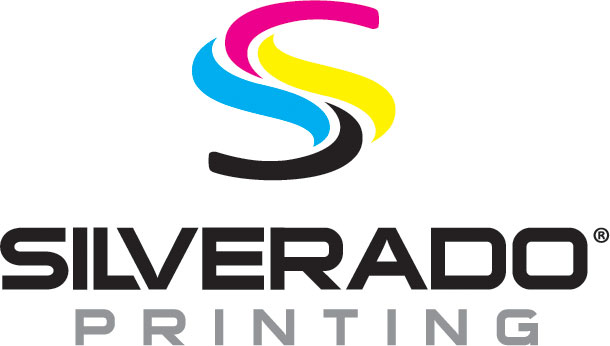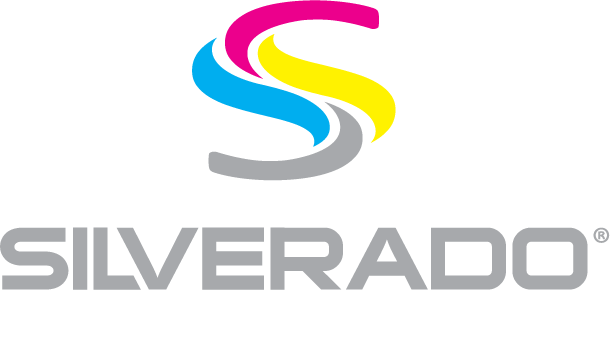
30 Nov Simple Tips for Business Card Design
Business cards provide the opportunity to make your first impression a very favorable impression. However, the opposite holds true as well if your business card is forgettable. Below are some guidelines to help you create a business card that will make an impactful first impression.
Legibility
The purpose of a business card is for you to be able to give your contact information in a simple tangible format. It’s important that anyone can clearly read your name and contact information.
-
Font: In most cases, the simpler the font, the better. There are TONS of fonts out there. Stay away from script as it can be difficult to read.
-
Size: For the standard size business card (3.5” x 2”), it’s best to stay between a 12pt and 8pt text size. Exceptions can be made if it is part of the design. You want your name to stand out. Making it bold or a larger font size than the rest of the text are two ways to do this.
Content
Make sure to include only the essentials. This will help ensure your card doesn’t look to crowded or busy. No one is going to spend more than a couple of seconds reading your card.
-
Overview: When looking at a business card, you should be able to learn their name, what they do, and how to contact them. If your position requires a little more explanation, try adding keywords or phrases that summarize what service you provide. It’s best to avoid full sentences, unless it’s part of a tagline.
-
Branding: If you have a logo, make sure to include it somewhere on the card. Whoever is reading your card will have a visual symbol to connect your name to.
Color Pallet
Color can help emphasize certain content on your card. Keep in mind that too many colors, in some cases, make the card appear too busy or unprofessional.
-
Color: Looking at the color of your logo is an easy way to decide the color scheme of your card. If you are using multiple colors, make sure they compliment each other and are visually pleasing. Example: Bright red and neon pink just don’t look right when they are embedded in the same design.
-
Black and White: Simple doesn’t necessarily mean boring. A black and white pallet can convey a sense of confidence and professionalism.
-
Below is a link to a website that will allow you to experiment with different color combinations: http://paletton.com/#uid=15x0u0kllll00++8SSzAq2P++00
Paper Choice
The type of paper may not seem as important as the design of the card, but if a card is thin, it can come off as cheap or an afterthought.
-
Thickness: 10 pt card stock or 100 lb Cover stock is the thinnest you want to go if you want a card that won’t bend too easily, or get crumbled and forgotten in someone’s purse or wallet. The most common stocks being used for business cards today are 14 – 16 pt card stocks.
-
Coating: There are a lot of options when it comes to the coating on business cards. Glossy works with some designs, but not all. Depending on the color of your font, the glossy coating can make it hard to read because of its reflective nature. You should also keep in mind that it is very difficult to write on a glossy surface. You should avoid the glossy coating on at least one of the sides if you want to be able to write someone’s information at an event on a part of your card. Matte is another option. This has a smooth feel and has no shiny effect.
Symmetry and Asymmetry
It’s important to consider layout and placement of any shapes or text. You want to be intentional about how you choose to layout your card. Most people can tell when something is “off” or looks unbalanced.
-
Lines: Lines can help separate, emphasize, and organize pieces of information. It’s best to use thinner lines that don’t meet the edges of the card. This ensures the the text is still separate but can still be read in a fluid matter.
-
Space: In most cases, it’s best to leave a good amount of space around your logo and text so it doesn’t appear too cluttered or overwhelming. Extra space is also helpful if you are at an event and need to write down someone’s contact information.








Sorry, the comment form is closed at this time.